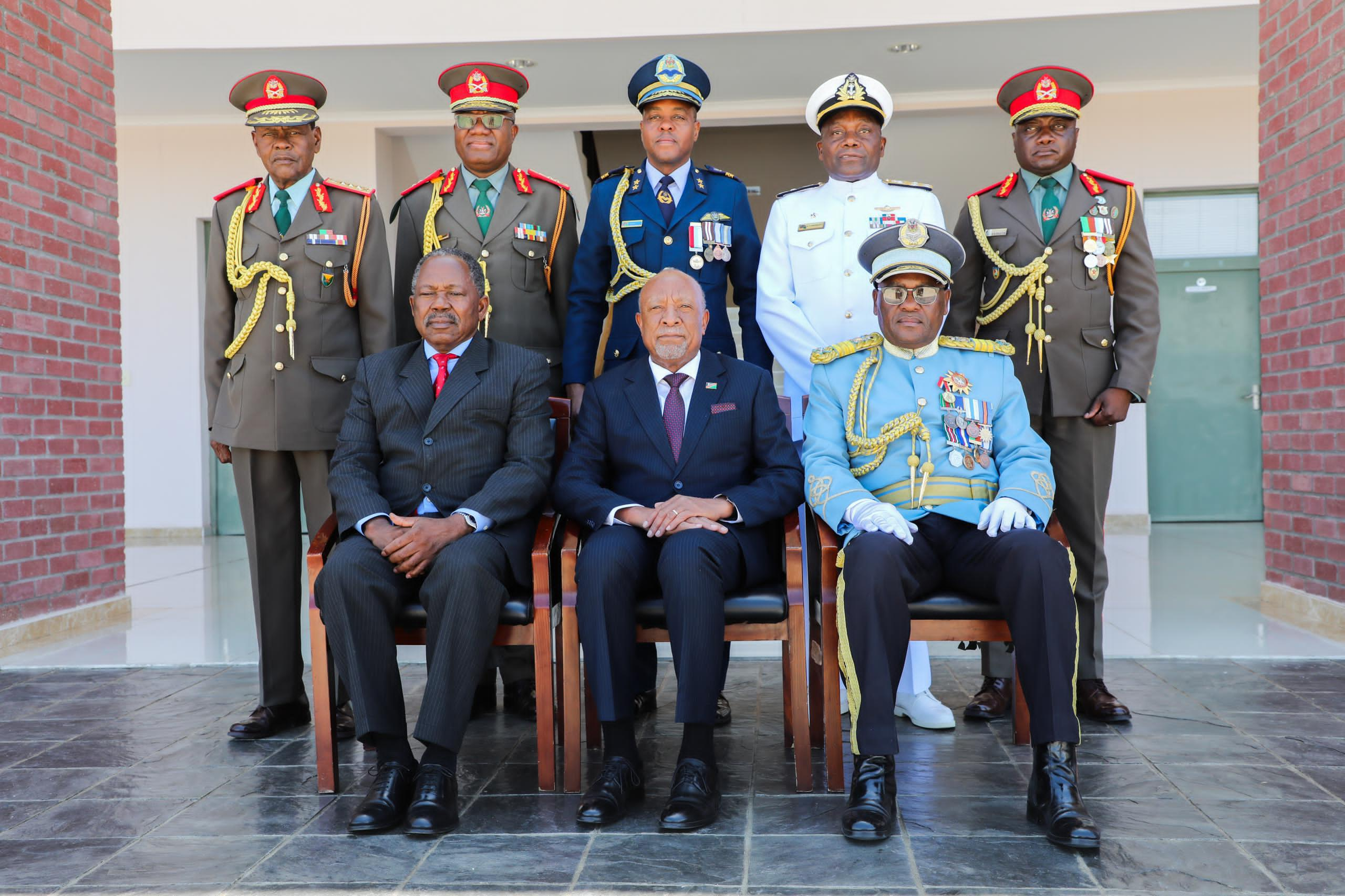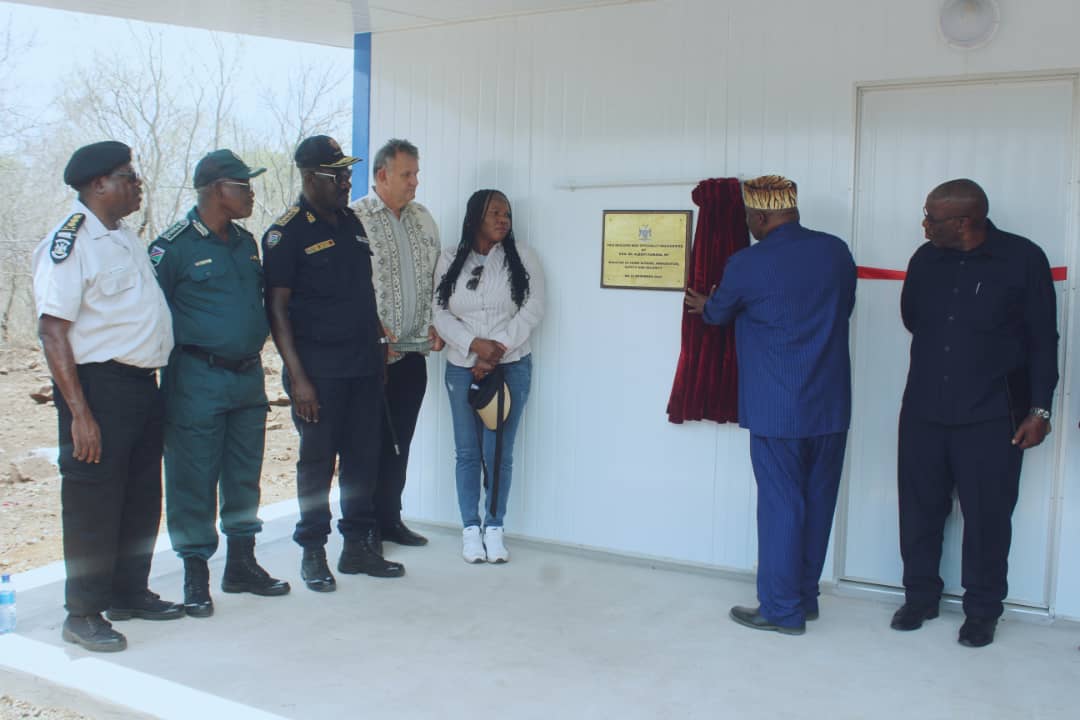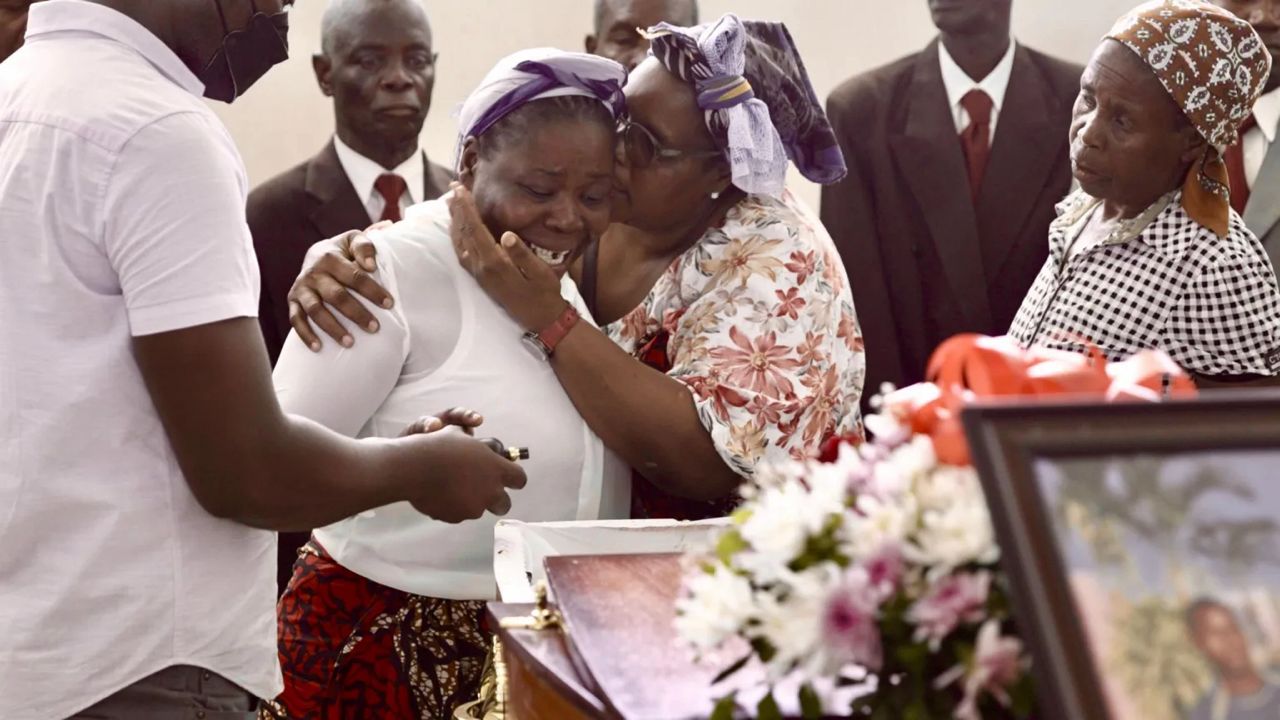Studying the reptiles and amphibian species of the Okavango River Basin, Dr Werner Conradie found some not seen before in Angola and some newly discovered ones.
During several expeditions to describe the species of the Okavango Delta, Eastern Cape conservationist Dr Werner Conradie not only wrote a PhD thesis, he also discovered at least eight new species, most of them snakes.
Accolades aside, the scientist hopes his work will contribute to the protection of the precious and unique natural area.
Conradie is the curator of herpetology (the study of reptiles and amphibians) at Bayworld, a natural and cultural history museum in Gqeberha. Last month he received his doctorate in nature conservation at Nelson Mandela University’s George Campus.
Growing up in the Karoo, first in Willowmore and then in Uniondale, snakes were not his first love.
“I liked frogs,” he said. “The only time I dealt with snakes was when they tried to catch my frogs.”
But when he started working at Bayworld he became interested in the lives of snakes.
For his thesis, he studied the reptiles and amphibian species of the Okavango River Basin, an area that has not received much attention because of the civil war in Angola.
The survey started in 2012 and continued until 2019. The snakes and amphibians found included some species not seen before in Angola and some newly discovered ones.
“Additionally, the novel data generated allowed us to identify the headwaters as an area of high diversity and endemism that translates to high conservation importance,” Conradie said.
Headwaters is a term scientists use to describe a river close to its source.
“By protecting the headwaters of the Okavango River Basin, we protect the world-renowned delta and its abundance of wildlife, together with the lifeline these waters provide to humans as well,” he said.
Conradie said the civil war in Angola has led to the Angolan side of the Okavango Delta being neglected in terms of research but, because of its isolation and the danger of landmines, the area had been protected.
Now this part of the delta is starting to face the pressures of deforestation, pieces of land being cleared, the bushmeat trade and the collection of honey, which will affect the water quality and quantity.
“This study showed the massive ecological riches the Angolan highlands possesses, and provided background, as well as assessments of reptiles and amphibian species.
“Losing the quality of this complex river system… would result in immeasurable loss, both economically and ecologically,” Conradie said.
Conradie started his job as the curator at Bayworld in 2007.
Delta in danger
“I was always keen to do a PhD,” he said. And so the making of an adventure in the Okavango started. “The Okavango Delta… is an area rich in biodiversity and one of the areas in the world with the largest population of elephants,” he said.
“The delta is fed by water from Angola that flows through Angola and Namibia, so if something was to happen to the water along the way we can potentially lose what we have in the delta.”
He said there are concerns about the delta, including a reduction in the amount of water flowing in, a delay in seasonal flooding and a drop in the bird population.
“We wanted to find out what was causing this. The eight new species we found was almost by accident,” he said.
Five were new species of snakes. He is now working on describing a sixth new one. The researchers studied the snakes in the finest detail, comparing genetic samples to confirm a new species.
“It takes about three years to describe a new species,” he said.
One of the newly described species from the delta was a water snake.
“The others are what we call terrestrial snakes. They eat frogs. An interesting one was the shovel-snouted snake. This one eats eggs and its snout is perfectly formed to cut through the shells,” Conradie said.
Two of the other species were new geckos.
“The one lived in an area where the river didn’t flow fast and the other where the river flowed strongly and the water ran over waterfalls and many rocks and cliffs,” he said.
“We also found a new type of frog, similar to the one the people in Namaqualand call the reënpadda,” he said.
Conradie’s colleagues who accompanied him also worked on describing bird species, dragonflies and fish.
Landmines and lions
But doing research in the Okavango Delta came with its own unique obstacles.
“Where we worked there still are a lot of landmines. So we were limited in where we could go. At one of the rivers we wanted to set up camp, and Halo, the demining company that accompanied us, said we can, but only on the right side and only under the bridge, nowhere else. When we woke up we saw the guys picking up landmines on the other side of the river,” he said.
“In the southeast, we had a few encounters with lions and elephants but the higher up we went the fewer of those we saw,” he said.
He said he never felt unsafe. “We had the guys from Halo with us all the time… It is a rough life doing these expeditions. You live on rice and beans and you sleep in a one-man tent. You must bring everything in and take everything out again with you.”
But, Conradie added, it was worth it.
“It is a unique area on Earth… I am hoping our research will lead to it being declared a national park.”
It is a place of great beauty and peace.
“It is the world out there that is more scary,” Conradie said. DM
Stay informed with The Namibian – your source for credible journalism. Get in-depth reporting and opinions for
only N$85 a month. Invest in journalism, invest in democracy –
Subscribe Now!






